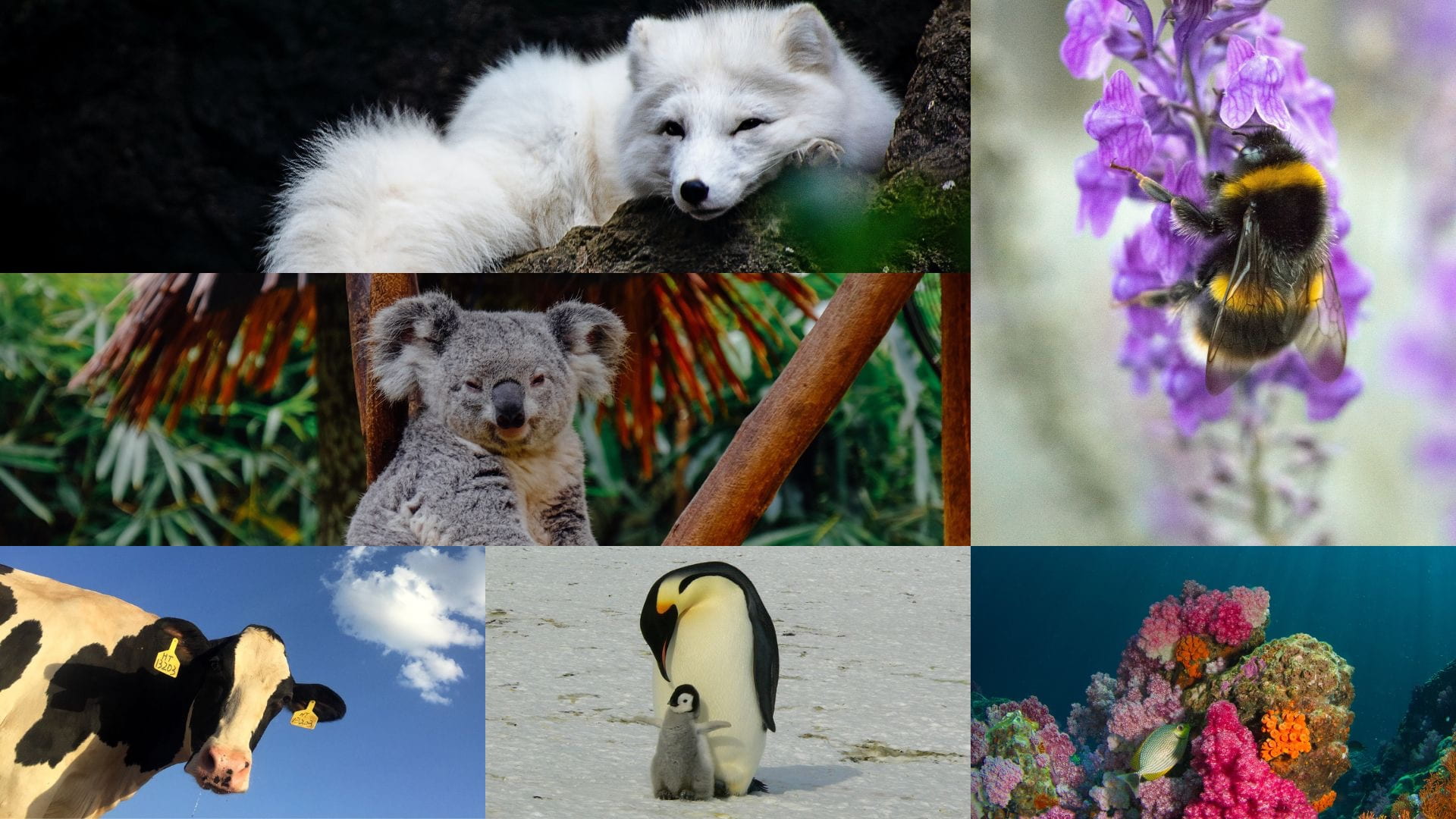![[Two cartoon humans looking at a number on the ground. From the first person’s perspective the number is a 6. From the second person’s perspective the number is a nine.]](https://blogs.iu.edu/sciu/files/2023/12/perception.jpg)
Sensory information, via our eyes, ears, and other organs, forms the foundation of our lived experience. Yet we find ourselves perceiving the world differently from our family, friends, and the person sitting next to us at our favorite sports event, who calls the ball out when it clearly hit the line! So how accurate is our perception, really?…
General Science
What to know about organ donation
![[Black and white image of a stethoscope hanging on a wall.]](https://blogs.iu.edu/sciu/files/2023/11/stethoscope-840125_1280.jpg)
Throughout high school, I knew I wanted to make a difference in the community around me. After working at my local hospital for a couple of months, I started to notice that many people were impacted by organ donation in my small town alone. Soon after, I went to a healthcare conference in Indianapolis, IN, and I learned about groups advocating for organ donors and donor recipients. This is when I knew I wanted to be involved…
Enough about polar bears: Who else is vulnerable to climate change?

Polar bears are one of the most iconic symbols of the impacts of climate change. Their struggle is shown over campaigns across the world, which show animals that have become endangered as a result of climate change. Although they are used the most in these campaigns, polar bears aren’t the only animals impacted by global warming. This post explores other animal species that are also heavily affected by the impacts of climate change and aims to raise awareness of the struggles the wildlife around us experience…
The Cosmic Compass: How birds Master the Skies
![[Image of mass group of birds flying through the sunset sky.]](https://blogs.iu.edu/sciu/files/2023/12/barth-bailey-d2uHXWTkGn4-unsplash-1.jpg)
Every year, the skies come alive as billions of birds begin their migration. From the Arctic Tern, with its remarkable marathon around the Earth to the quaint journey of the Dusky Grouse, the avian spectrum is a captivating display of nature’s variability. How do these travelers embark on such extraordinary journeys, navigating through continents and oceans with such precision?
Extremophiles: The alien-like creatures of Earth
![[An image of a hot spring at Yellowstone National Park. The hot spring is a reddish-orange color in the foreground. The colors transition to a blue and green background, from which a vapor is rising.]](https://blogs.iu.edu/sciu/files/2023/11/Screenshot-2023-11-27-140921.png)
The discovery of extremophiles – organisms that thrive in extreme environments – completely changed scientists’ perspectives on the conditions necessary for life. These evolutionary marvels provide context for the origins of life, evolution, and are maybe the best case for the possibility of the existence of life on other planets with extreme environments….
PhD Mom: Baby development
![[Pictured is a 4-month-old baby laying on his stomach on a bed while smiling at the camera and playing with a rattle toy and a teething toy.]](https://blogs.iu.edu/sciu/files/2023/11/89773B71-E82A-4B0E-B154-AB19A31B25A7.jpg)
I’ve been doing this mom thing for about 2 years now and along the way I’ve gotten a chance to not only watch my child grow from being a squishy potato of a newborn into a boisterous, opinionated, and hilarious toddler, but I’ve also learned some cool things about baby cognition and child development along the way…
Miss Understanding: Discussing myths about sleep health
![[A woman is laying on a bed with her head on a pillow with her eyes closed.]](https://blogs.iu.edu/sciu/files/2023/11/pexels-ketut-subiyanto-4473864.jpg)
Scientists have finally figured out exactly how much sleep humans need: “Just five more minutes!” KIDDING! We’re not here to perpetuate unhelpful sleep habits (yeah – uh – sorry, that snooze button probably isn’t doing much for you); we’re here to talk about the science behind a topic that all people can relate to: sleep…
The neural foundation of psychopathology is complex
![[A person unwinding and rolling up the tangled wire, pulling the tangled wire is in the brain.]](https://blogs.iu.edu/sciu/files/2023/09/mental-6841357_1280.png)
Since the “Decade of the Brain,” neuroscientists and clinical psychologists have been particularly interested in understanding how the brain contributes to psychopathology (commonly referred to as mental illness or mental disorder). However, despite all the resources poured into pursuing questions along these lines, there is little overlap in research findings between studies; it remains difficult to effectively translate neuroscience research into clinical practice, arguably the ultimate goal in studying the brain basis of psychopathology.
Why do people look like their names?
![[Many artistic shapes of human faces.]](https://blogs.iu.edu/sciu/files/2023/09/featured.png)
There must be times when you have just met a person who introduced herself as “Susan,” and you think to yourself: “Ha! I knew she was ‘Susan!’” You might think that this feeling of being right is illusory. But in fact, you might not be blind-guessing – at least you were not surprised by her name. Let’s take another example. Look at the man’s face below – most people may feel surprised if his name turns out to be “Bob,” but are less surprised if he is “Andy” or “Timothy”…
Pink for girls…?
![[Pink baby clothes and pink baby shoes.]](https://blogs.iu.edu/sciu/files/2023/08/pink-for-girls-ft.jpg)
We’ve all seen it before: little girls dressed head to toe in pink, surrounded by dolls, glitter, and unicorns. It seems like a natural inclination for girls to dress pink all over. I myself, as a girl, favored cold colors all the time, and my mother even wondered if there was something wrong with me. It sounded like I was not qualified to be a girl. Does a girl have to like pink? This question haunted me all the way through my childhood…